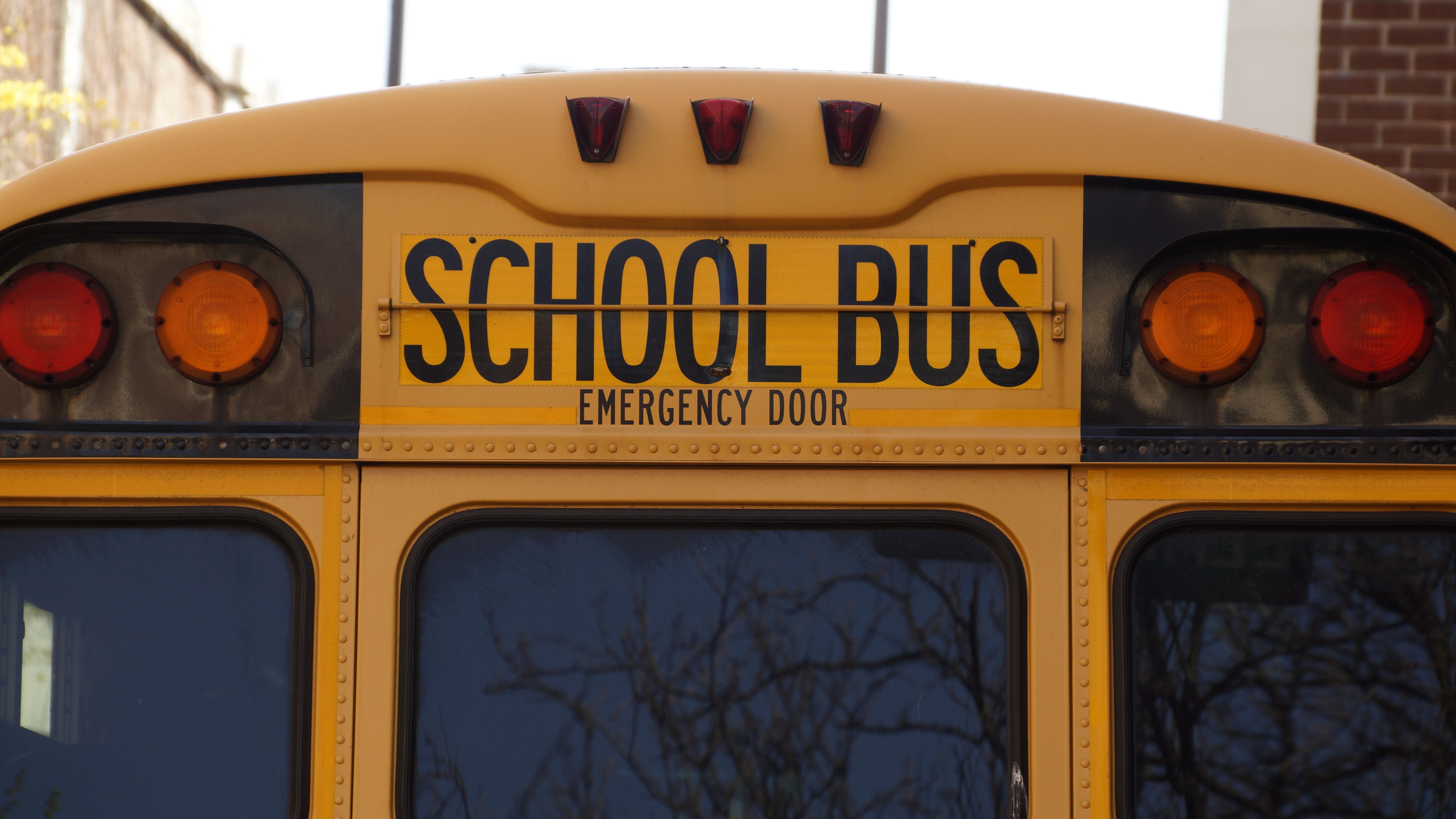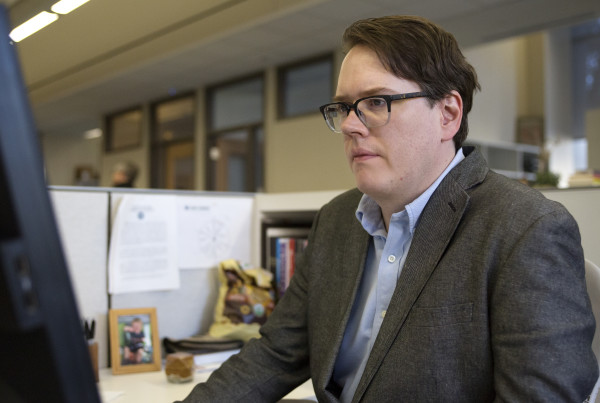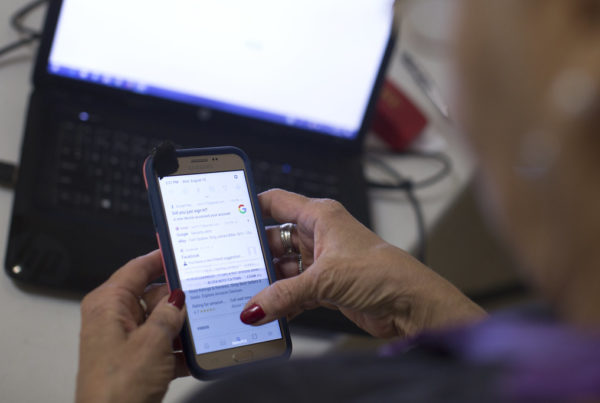Gov. Greg Abbott declared fixing the state’s school finance system his top priority for lawmakers during the current legislative session. On Wednesday, the House signed off on a $9 billion education funding bill, HB 3, but what happens next could be critical to whether the House bill becomes law.
Julie Chang reports on education for the Austin American-Statesman, and says the House plan allocates $3 billion to property tax relief, which equates to an average 4 cents per $100,000-valuation decrease in local school taxes. The remaining $6 billion would expand current half-day pre-K programs to a full day for qualifying students, and provide additional funding for low-income children, students with dyslexia and non-native English speakers. Chang says at the last minute, House lawmakers added money for pay raises that would provide around $1,850 per school employee, while a Senate proposal includes a bigger, more targeted raise.
“The $5,000 pay raise on the Senate side would give the rase only to classroom teachers and librarians,” Chang says. “The Texas House wants to expand that raise to more employees, so that’s why you probably see a lower pay raise in the House plan.”
Chang says she thinks the House added the pay raise as a way to compromise with the Senate.
“It will be interesting to see if the Senate sees it that way,” she says.
The House and Senate plans include many similarities, Chang says, though their differences could still derail a solution to the thorny issue of paying for Texas public schools.
“I think that both chambers are pretty committed to passing a school finance plan,” Chang says. “Especially since the governor is very much prioritizing this, and really pushing the legislature to get something done this session.”
Chang says school district officials tend to support HB 3 over the Senate’s proposal. She says they don’t like the Senate’s requirement that teachers be given a $5,000 raise.
“Even though the House has proposed a pay raise, it’s not as big. It comes with a smaller price tag,” she says. “That leaves school districts more money to work with.”
Written by Shelly Brisbin.
















